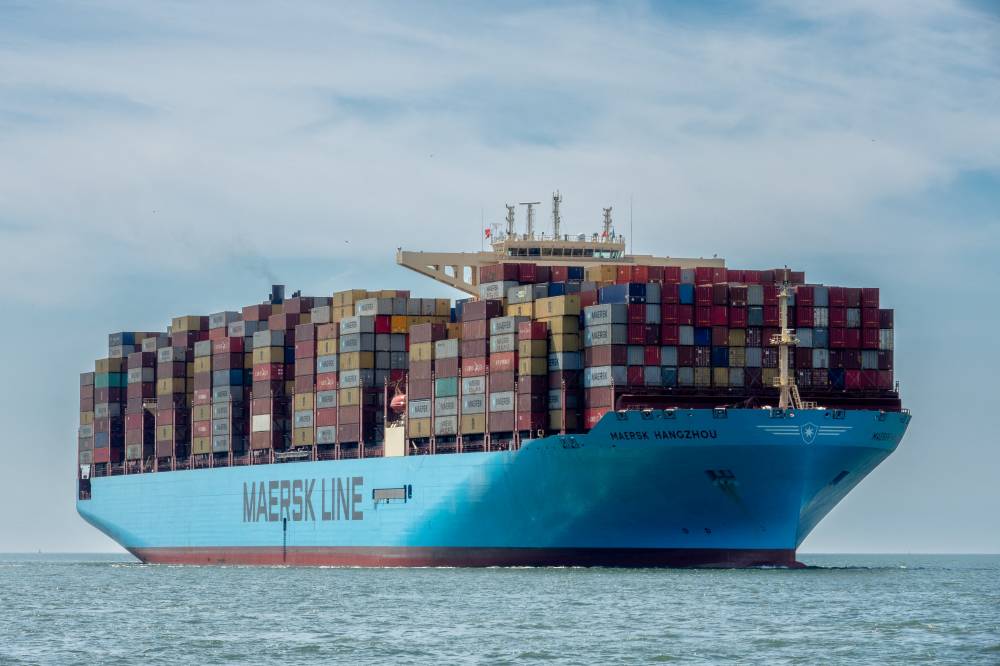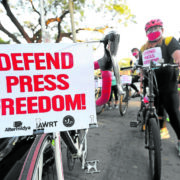Red Sea woes could cut Asia-Europe capacity by 20%

COPENHAGEN—The disruption to container shipping traffic in the Red Sea is increasing and is expected to reduce the industry’s capacity between the Far East and Europe by up to 20 percent in the second quarter, shipping group Maersk said on Monday.
Maersk and other shipping companies have diverted vessels around Africa’s Cape of Good Hope since December to avoid attacks by Iran-aligned Houthi militants in the Red Sea, with the longer voyage times pushing freight rates higher.
“The risk zone has expanded, and attacks are reaching further offshore,” Maersk said in an updated advisory to customers on Monday.
“This has forced our vessels to lengthen their journey further, resulting in additional time and costs to get your cargo to its destination for the time being,” it added.
By routing traffic away from the Suez Canal, Maersk estimated that the container industry’s capacity between the Far East and northern Europe and the Mediterranean would be cut by between 15 percent and 20 percent in the April-June quarter.
A company spokesperson said the situation in the Red Sea remained complex and continued to evolve.
The Danish group, viewed as a barometer of world trade, last week said that shipping disruptions were expected to last at least until the end of the year, although Germany’s Hapag-Lloyd sounded a slightly more optimistic note, saying it believes the crisis can be overcome before the end of 2024.
Rerouted
France’s CMA CGM is still sending some vessels via the Red Sea escorted by French or other European navy frigates, but the majority of its ships are being rerouted around Africa, CEO and chair Rodolphe Saade told daily Lemonde.
“The problem is that you have to call at ports that are not the final destination and to transship onto smaller vessels,” Saade told the newspaper in an interview published on Monday.
“Tangiers is saturated and alternatives need to be found—like (Spain’s) Algeciras or Valencia,” he added.
The knock-on effects of voyages around Africa included bottlenecks and so-called vessel bunching, where several ships arrive at port at the same time, as well as equipment and capacity shortages.
“We are doing what we can to boost reliability, including sailing faster and adding capacity,” Maersk said, adding that it had so far leased more than 125,000 additional containers.
“We have added capacity, where possible, in line with our customers’ needs,” the company said.
Reuters, the news and media division of Thomson Reuters, is the world’s largest multimedia news provider, reaching billions of people worldwide every day. Reuters provides business, financial, national and international news to professionals via desktop terminals, the world's media organizations, industry events and directly to consumers.

















